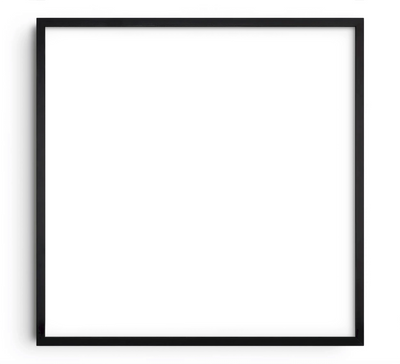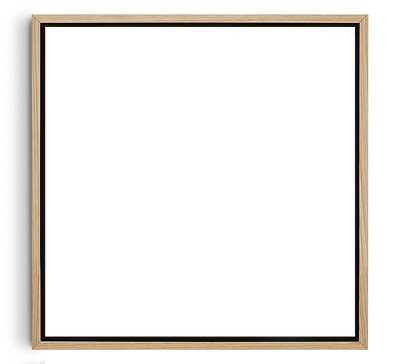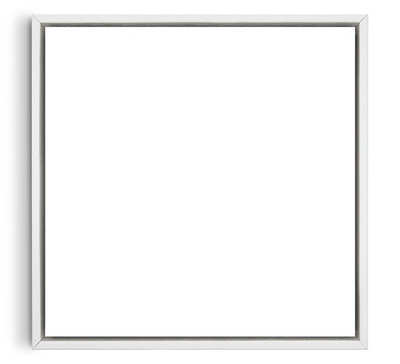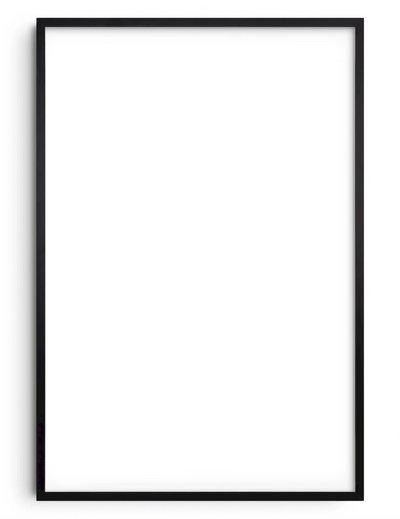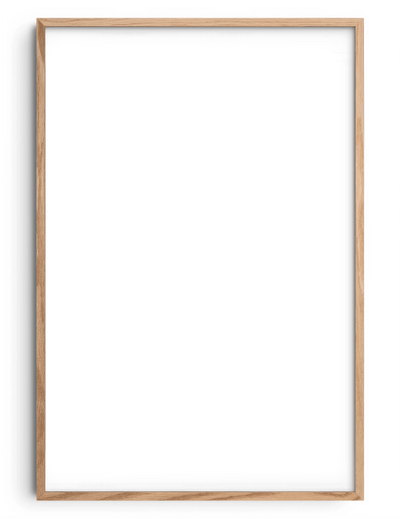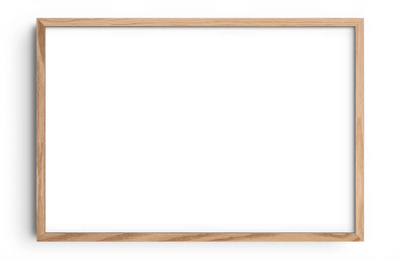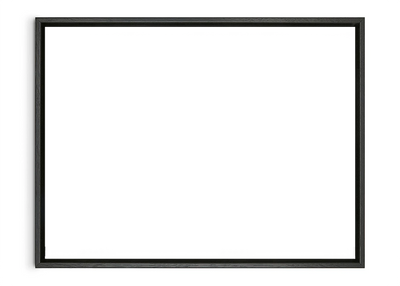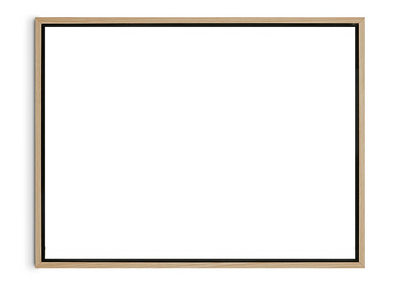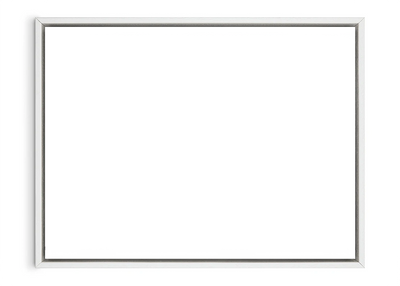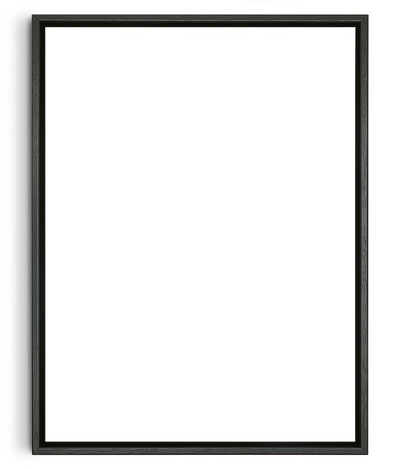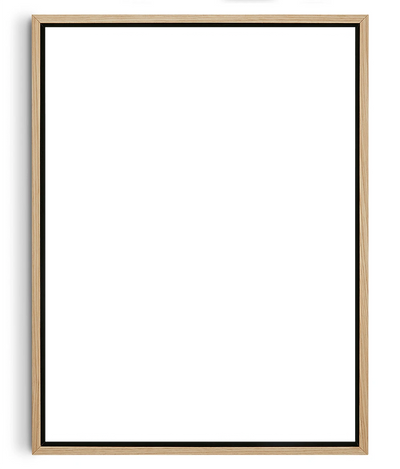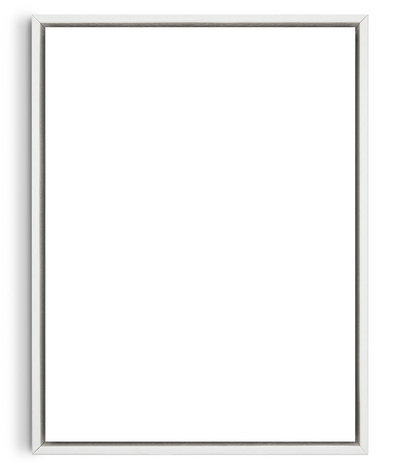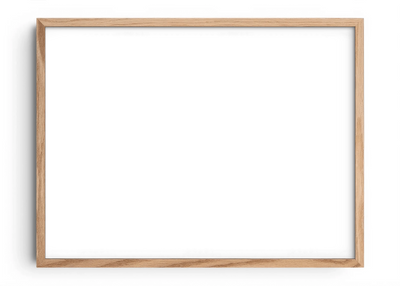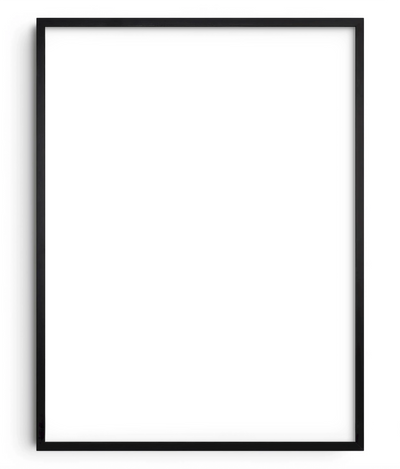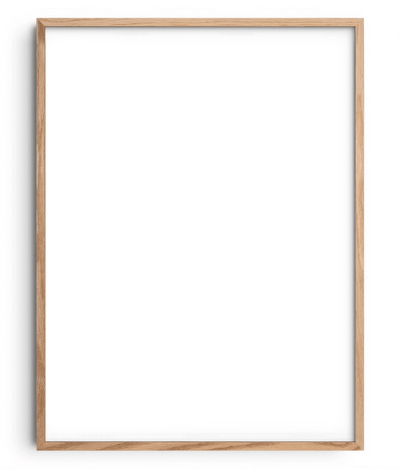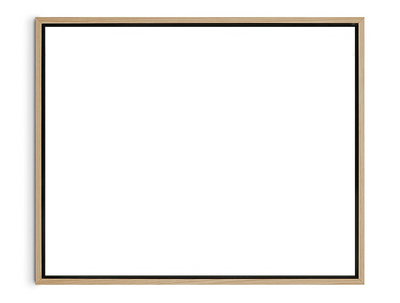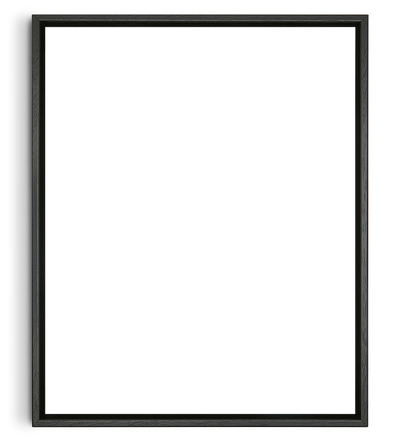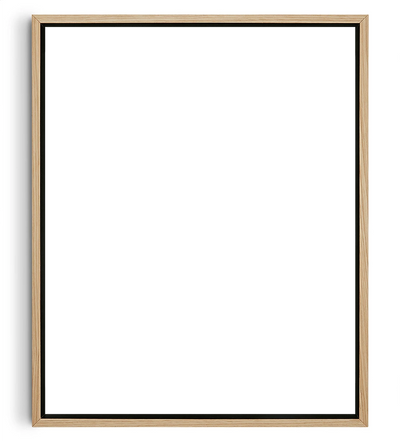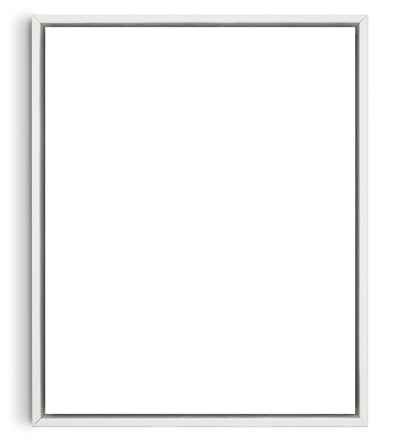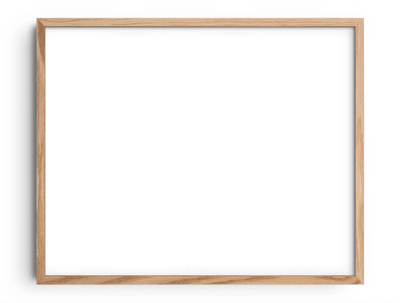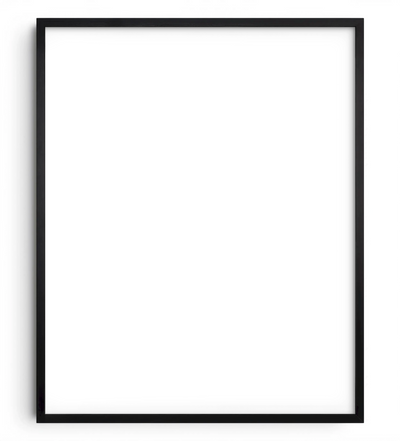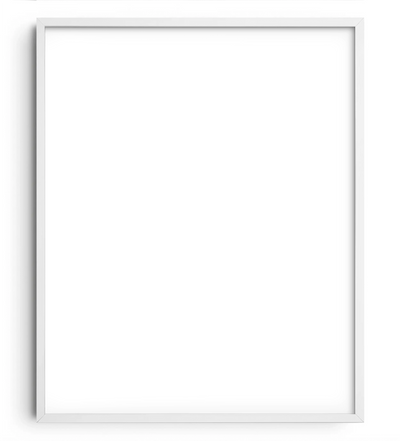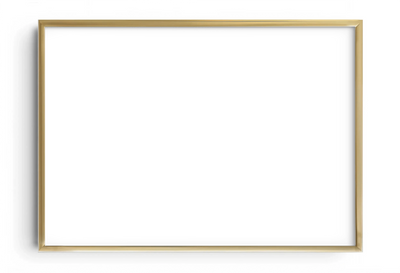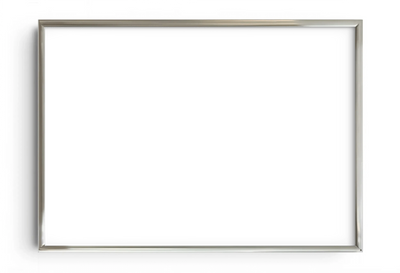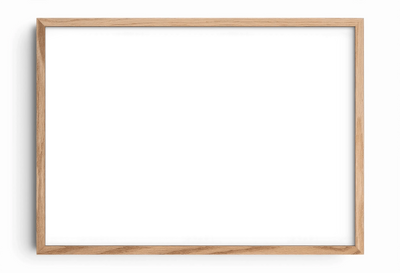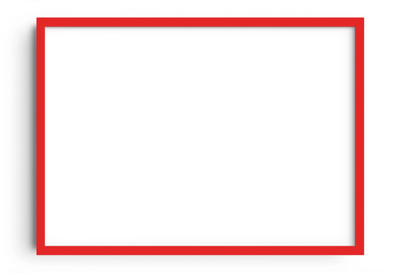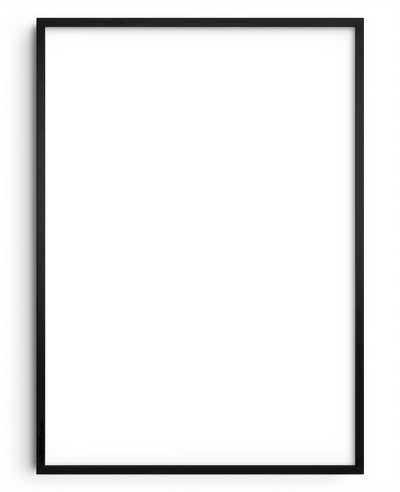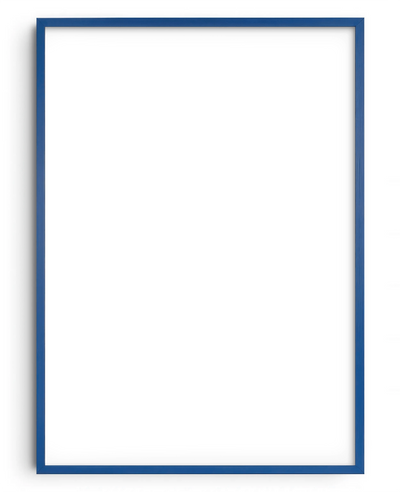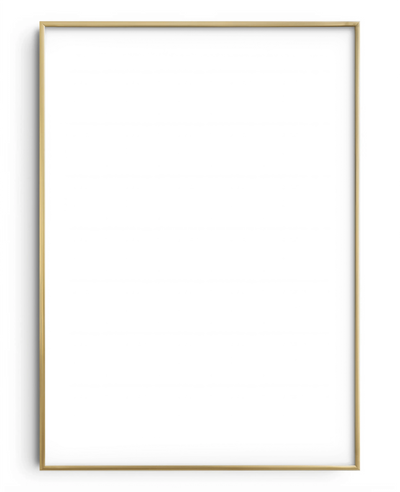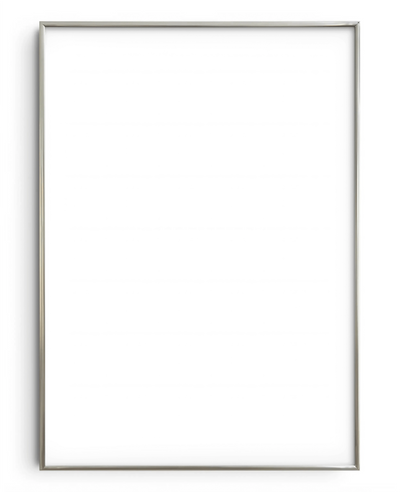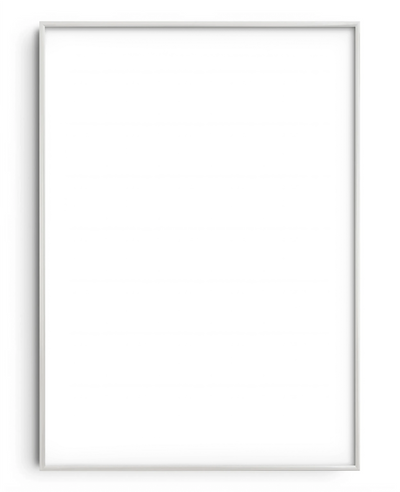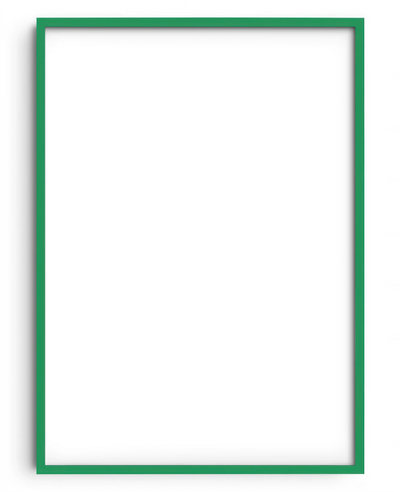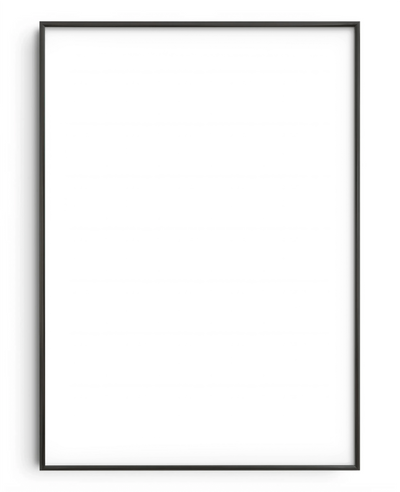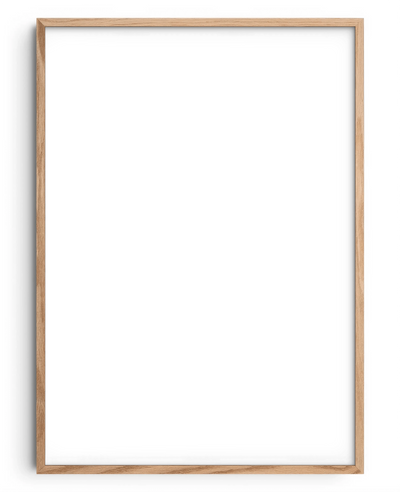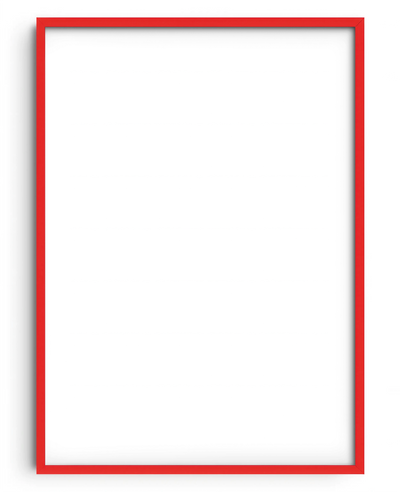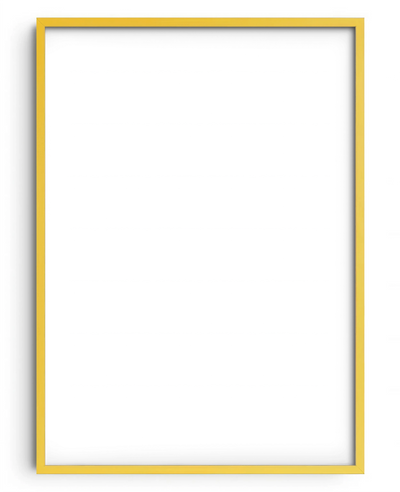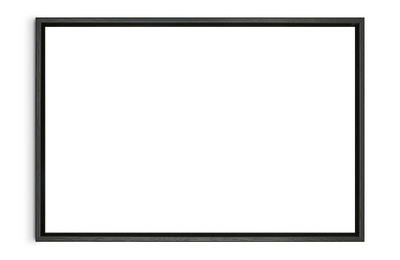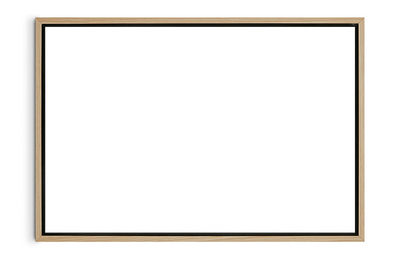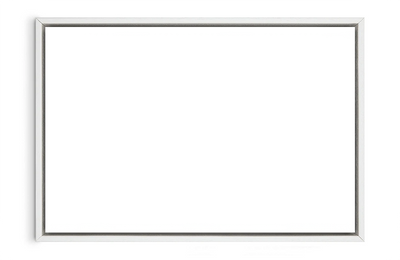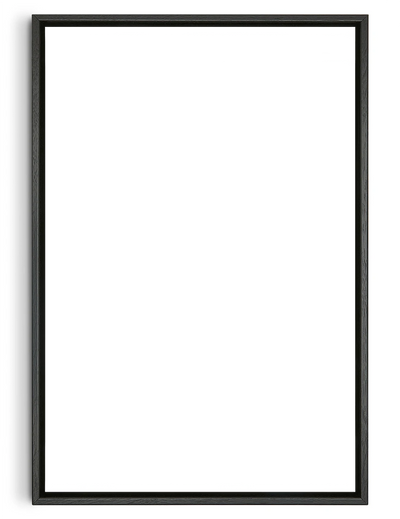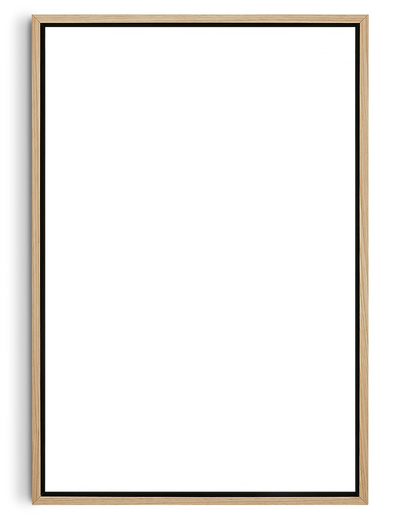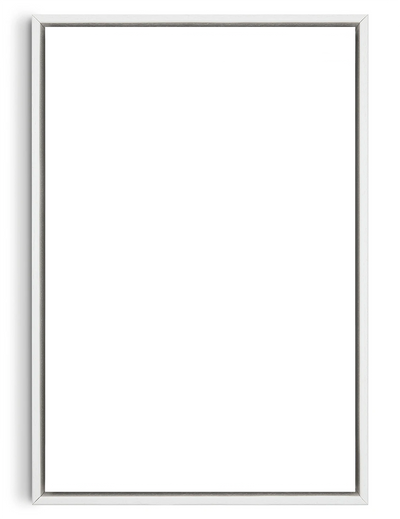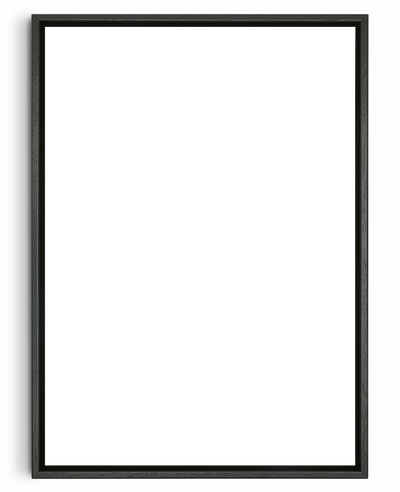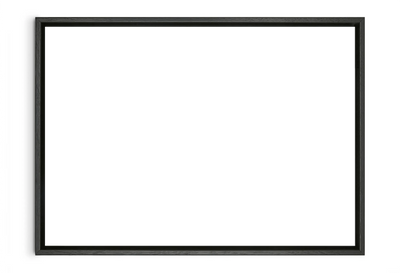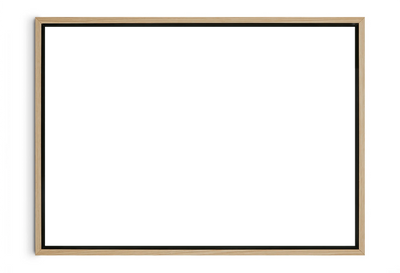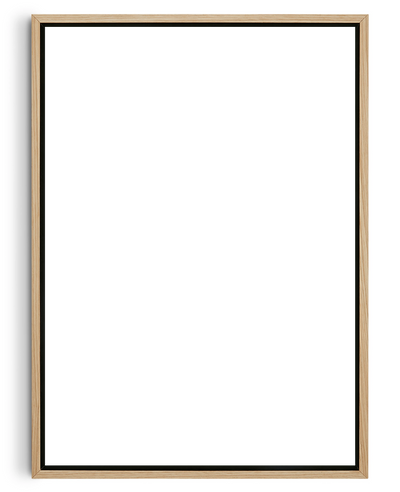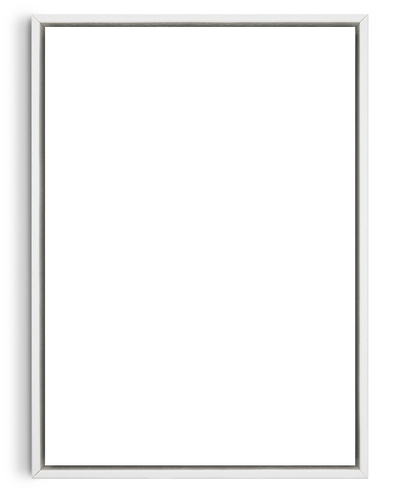


In this guide, we’ll break down the following topics:
Topic 1
Don’t go wasting your money
We want to eliminate you from wasting your hard earned money by purchasing artwork for the only reason that it fits with your interior feng shui. What could happen in a few weeks, months or years is that when you go to switch up your decor, the artwork you bought might now look out of place, no longer on trend or more often than not, you’ll just get tired of it
But we realise there are times when you want to ensure your new pride and joy fits in with existing decor; otherwise, the style or colours could be jarring. So with this in mind, we’d suggest still sourcing art you love, but finding a selection. That way, you can follow the remaining steps in this guide to narrow your selection, pick an artwork you love, and find one that fits your interior
Topic 2
Time to get creative
Remember, your art collection will most likely outlive the interior styling and decor scheme in your home, so don’t be scared to push the boundaries. For example, an avant-garde contemporary art print can pop in a period-style interior or be daring and create clashing colours with the existing furniture and textures
Here’s our tried and tested approach to choosing the right art for your space. For the best results, sit in the room you’re planning to place art in and then work through each point below; that way, you’ll get a better feel for your responses as you’re immersed in the environment

STEP 1
Consider the mood and ambience you want to achieve
Grab a pen and paper and write down:
1. What mood do you want the room to evoke?
2. What ambience or impression do you want to give?
3. What’s the function of the room and what activities go on?
Examples:
→ Living room: Say you want this room to evoke enjoyment; this could be broken down further into some feelings, like happiness, excitement and pride. From this, we would look to be a bit more adventurous and experiment with a vibrant collection of artworks displayed on a beautiful gallery wall
→ Bathroom: Imagine you want it to break the mould of a typically boring room and choose to evoke feelings of amusement and joy. You could go with a comical or funny print hung on the back of the door, so only people using the bathroom would get a glimpse when closing the door on the inside
Colour plays a massive role in this and can have a passive, active or neutral effect on your mood and feeling within a space, so you’ll then want to take your findings from above and build this out in the next step
STEP 2
Colour palette
Look around the room, take in the colours in the floor, walls, furniture and importantly, the artwork. This will give you a clear image of what you’re working with. If you’re starting with a blank canvas, imagine or mood board your ideas. You’re next going to want to choose and find related colours carefully. As linked to step 1 above, colours have direct correlations to moods, emotions and associations, so getting the colours wrong can really suck
Consider colour psychology
It’s worth noting that choosing the right colours doesn’t come that naturally to people; so considering the theory behind colour can really help. Colours are psychological and different colour combos produce different outcomes. So it’s crucial that you think about the kind of atmosphere you want to create and the colours that will allow you to achieve it. If you combine colour psychology and colour theory you’ll hit the ground running
Find colours that work
The easy route
There are two super easy and conservative approaches to styling artwork in your home if you’re beginning to dip your toe in
If you’re someone that hates clashing colours and worries about making colours work, then keeping your furniture neutral and using art to add a bit of colour and texture to your space is an excellent option
Pick colours from artwork and use them as the accent colour in the room. Create a simple colour scheme by pulling out two or more colours that work well together. You can start with these as the base colours and discover more based on them. Then you want to find decorative objects and accessories that are the same or similar colours to your scheme and splash these around the room. This will easily and cheaply create a balanced look
The experimental route
If you want to take things to the next level, then working with harmonious colour combinations is the way to go, like how blue and orange are complementary of each other
The colour wheel is your best friend here as you can work on the basis that:
Analogous colours
These are similar in hue, so they create a nice smooth transition from one colour to another
Complementary colours
These are directly opposite each other on the wheel, which gives them a strong contrast
Monochromatic colours
Use three different values of the same colour, often giving it a subtle and sophisticated
You want to ensure your art doesn’t totally clash with the surroundings so that it ends up being jarring, but on the other hand, don’t be narrow-minded about art that contrasts, rather than complements, a design scheme. If a room is too matchy-matchy, it can become boring
TIP: Utilise Instagram and Pinterest to find examples of inspiration and how to work with alternative colour and pattern choices. But don’t follow trends too closely; otherwise you might be left with decor that’s overdone

